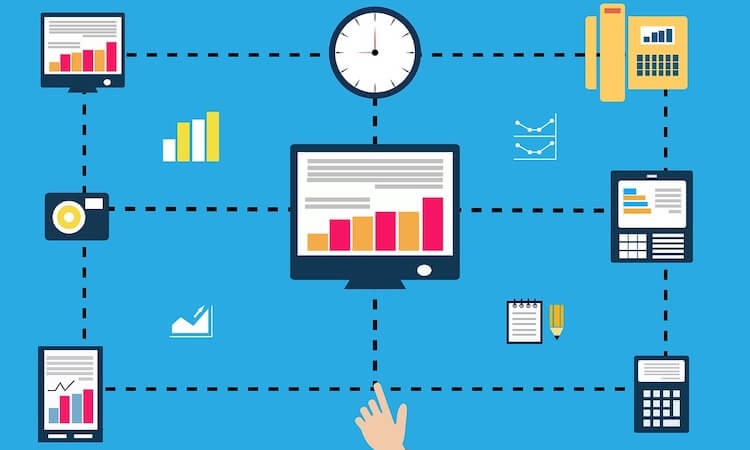A Right Data Pipeline is Capable of increasing the Potential
A data pipeline is a series of data processing steps used by most businesses that have been hype gathering and analyzing data for a while. And sometimes the data is gathered without a good reason. It can be because of the default settings or through tools that automatically create reports and store data. While coming to the collection process, it is very expensive for the digital business that includes server logs, consumer behaviors, and other information. Let’s now look at how to build a data pipeline in the right way effectively.
How to Build a Data Pipeline Effectively
Simply having a data-as-a-service business collecting information is not enough, instead of looking for ways to learn out of the collection process can be beneficial. Every business starts with a data acquisition journey by gathering data on marketing, sales, and services. Pay-per-click has been effective to measure and analyze statistics making data collection a necessity. The data is also produced as a by-product of the sales and accounts.
Sharing data between the departments can be of great help since the data pipelines are blocked and only relevant data is extracted the information can be addressed carefully. With in-person meetings or discussions, the data may be shared for further insights. The data shared with other departments can be advantageous leading to better sales or formulating great strategies. So the best step concerning this could be to optimize the current processes and prepare them for use.
With the advent of big data, businesses have been thinking and processing information in detail that can be useful for decision-making. Data management is commonly used for building a warehouse for gathering data from various sources. But at times it is quite difficult as data is stored in an incompatible format, making standardization necessary.
Data integration has three main steps namely extraction, transformation, and load. And these processes are all done manually using traditional programming methods. Loading is moving data to the warehouse and serves a great purpose by separating operational databases from warehouses and allowing separate backups. Some of the data warehouse features include integrated, time-variant, non-volatile, and subject-oriented.
Building a data warehouse can help in interdepartmental efficiency. Data enrichment is a process of clubbing information from external sources with internal ones. Warehouses can work nearly identical for almost any business that deals with large amounts of data, as every enrichment process is different. This is due to the enrichment processes that are directly dependent on business goals.
A simple approach that can be beneficial to businesses could be inbound lead enrichment. Responding quickly to requests for information has boosted the efficiency of the sales. Enriching leads with data can be helpful to respond to the ideal customer profiles easily.




